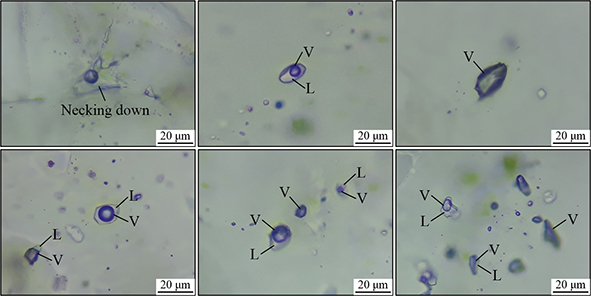The origin and evolution of hydrothermal fluids in the Gow-Kamar epithermal Pb-Zn-Cu (Au) occurrence, Tarom-Hashtjin metallogenic belt, Ardebil province, NW Iran
DOI:
https://doi.org/10.13133/2239-1002/18123Abstract
The Gow-Kamar Pb-Zn-Cu (Au) occurrence, as a part of the Tarom-Hashtjin metallogenic belt (THMB), is located in ~12 km southwest of Hashtjin, Ardebil province, NW Iran. Mineralization at Gow-Kamar occurred as veins-veinlets within the host Eocene volcanic (lavas and pyroclastics) rocks. Hydrothermal alterations include silicic, phyllic, intermediate argillic, and propylitic. Three stages of mineralization were distinguished at Gow-Kamar. Stage 1 is marked by silicification of the host rocks along with pyrite mineralization. In stage 2, quartz veinlets containing pyrite, chalcopyrite, bornite, sphalerite, galena, and gold were developed. Stage 3 is represented by the presence of calcite veinlets. Quartz, calcite, sericite, chlorite, and epidote are the main gangue minerals. Micro-thermometric measurements in quartz crystals suggest that the ore-bearing veins were formed at temperatures ranging from 203 to 313 °C from fluids having salinities in the range of 2.3 to 11.3 wt% NaCl eq. The isotopic values of sulphur (δ34SH2S) vary from +2‰ to +4.3‰ indicating that the sulphur component of fluids was derived from magmatic origin. Oxygen isotopic values of hydrothermal fluids (δ18OH2O) vary from +10.9‰ to +11.3‰ which also indicate chiefly a magmatic source. The fluid inclusion and stable isotope data showed that boiling and mixing were two important factors in deposition of ore and gangue minerals. Mineralization at Gow-Kamar is reckoned to be as epithermal type with intermediate-sulphidation (IS) style.

Downloads
Published
Issue
Section
License
Copyright (c) 2023 Periodico di Mineralogia

This work is licensed under a Creative Commons Attribution 4.0 International License.

